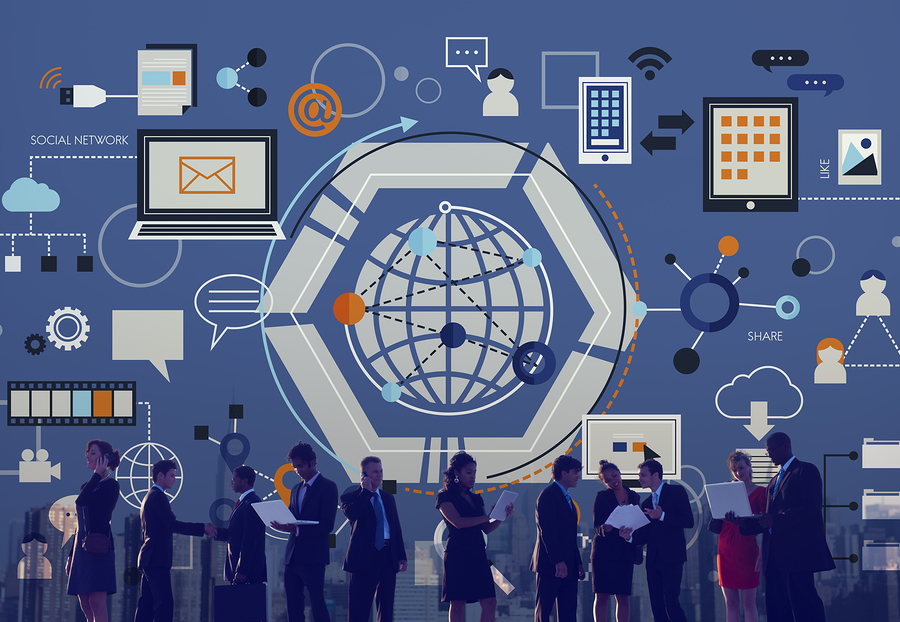Synonyms of robustness, efficiency and lightness, technological innovations in aerospace make a number of industries pale. This is why, naturally or forced, there are more and more bridges between these industries and aerospace. Brief overview of the automotive, mining and health sectors.
Aerospace and automotive: a history that stands out
In the period of more than a century that these two industries have existed, they have always been closely linked. Recall that BMW, at its origins in 1916, was an aircraft manufacturer – as illustrated by the rotating propeller blades of its logo. Several decades ago carbon brakes or ABS, developed for aircraft to avoid the wheels locking at the moment of landing, were installed on various car models, beginning with Mercedes and BMW. Another influence is the Google Car, which borrows from the aviation world attributes of a drone for its self-driving car: a battery of satellite antennas, sensors, radars and cameras, the perfect gear for a driverless car. Finally, the dashboard. Some luxury cars have such a large number of computers that they match the cockpits of the 1970s. For good reason, the automotive sector has been inspired by the electronic control systems of aerospace (Fly by Wire) to adapt it for its industry; Drive By Wire was born.
Aerospace helping the mining sector
The mining sector, which has not innovated much in recent decades, is today having to catch up to meet new environmental regulations that are more strict and to compensate for the low mineral content. In this context, mines are seeking to benefit from technologies and products developed for aerospace. From the lunar robot probe, the amphibious robot ARGO J5, equipped with a camera, maps the interior of mines without the risk of the loss of human life in these areas which can be unstable or dangerous. In terms of technology, “Instant Mine Modeller” from MDA – developed to reconstruct the landscape on Mars in 3D – can, with its stereoscopic camera, digitize the interior of mines and thereby assess risks better and have a better understanding of the mine’s topology and geology, before going down… Finally, certain satellites, and more specifically the RADAARSAT-2, can offer a surveillance service to mine explorers by advising them of the slightest ground movement.
Aerospace and health: amazing similarities
The human body being so vast and rich… it is not surprising that technological innovations developed in aerospace can be applied in the health field. Who would have thought that the entire vestibule of the inner ear would one day be treated with an embedded computer? Or that a voice-guided virtual assistant (developed for aerospace) could play a role in monitoring cognitive disorders, such as Alzheimer’s? In another register, imagine that a technology developed to reconstruct in 3D the surface of our planet is now used by dentists to create, in real time, a 3D imprint of teeth. And finally what about Crossject, which is inspired, for intradermal, subcutaneous and intramuscular injections without needles, by the propulsion system of the Ariane rocket?
Buying a new technology is not an end in itself. For the acquiring company to benefit from it in the long term it must, in turn, develop it and provide it with new capabilities to remain competitive. But will it always be able?
